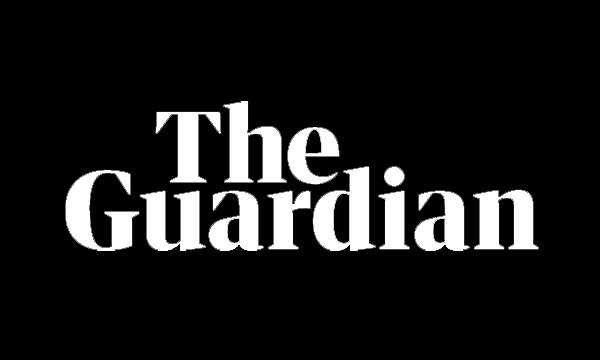From Kaitaia to the Bluff, there are all kinds of places to see and cities to visit in little old New Zealand - and a host of wonderful place names.
Now an interactive map appears to show a marked difference between the South and North islands in terms of the number of Maori place names they carry.
A place marked in red shows it holds a Maori name. Those marked blue show an English place name.
In the map, the North Island is significantly red, save for clusters of blue in and around the Auckland and Wellington areas.
In contrast, the South Island is a sea of blue.
Only the tip of the island has a group of red, showing off places including Ruakaka Bay, Ngatakore Pt, Pitoitoi Pt, Tungongo and Manawa Pt.
Speaking about the interactive map's results, Race Relations Commissioner Dame Susan Devoy acknowledged a need for balance.
"Aotearoa New Zealand consists of two main islands and Stewart Island.
"The right thing to do is to give proper recognition to Maori and English place names.''
The map was created by researchers at Te Punaha Matatini, a centre of research hosted by the University of Auckland, as well as Dragonfly Data Science.
It was also supported by Te Hiku Media - a Maori media outlet currently running a project that aims to teach computers and new technology te reo Maori.
The aim is to further the Maori language in today's society by creating technology similar to that seen with Apple's Siri.
A spokesman for Te Taura Whiri i te Reo Maori - The Maori Language Commission - said a lot of work had recently been done by the people of Ngai Tahu, based in Te Waipounamu (South Island), to maintain Maori names for places, rivers and lakes in the south.
Referring to the map, the spokesman said: "We think [the] resource is great not only for te reo Maori but for understanding our history and the bicultural naming of our land."







